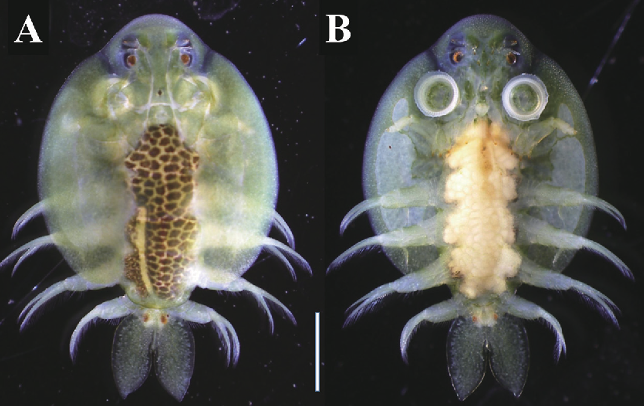Aquatic parasites are often perceived as foes due to their negative effects on its host and the overall aquatic ecosystem. However, there are instances where these parasites play crucial ecological roles, leading to their classification as friends rather than foe. By understanding their relationships with their hosts and their impact on the environment, we can appreciate the complexity of these interactions.
Parasites are organisms that depend on a host for survival, often at the host’s expense. With this article’s focus on fishes in the aquatic ecosystem, parasites can affect the host’s health by causing diseases, reducing growth rates, impairing reproductive success, and even leading to mortality in severe cases, depending on the parasite species. These detrimental effects are reasons parasites are traditionally seen as foes. Nonetheless, it is essential to recognise that not all parasite-host interactions are strictly negative. Parasites can contribute to the overall health and stability of ecosystems through various mechanisms.
One such mechanism is the regulation of host populations. When parasite infestations occur, they can act as natural population control agents by limiting host numbers. By preventing host overpopulation, parasites help maintain a balance in the ecosystem, preventing excessive competition for resources and reducing the transmission of diseases among hosts. The parasite then burrows into the fish’s skin or tissues, where it feeds on the host’s blood or body fluids. The infestation can cause irritation, tissue damage, and secondary infections in the affected fish.

Furthermore, parasites can also promote biodiversity. Through their interactions with different host species, parasites contribute to the overall species diversity within a given ecosystem. Each host species may have its unique set of parasites, which can have cascading effects on the ecosystem’s structure and function. Parasites help maintain species coexistence and prevent one species from dominating, promoting a healthy and diverse community. This is relative to the life cycle of the parasite and the various host it requires to complete different life stages. For example, most aquatic flat worms require the need of crustaceans, squids and fishes and bigger fishes or mammals to complete its life cycle.

Parasites have a significant impact on how species change and evolve. They put pressure on populations they infect, favouring individuals with traits that help them resist or tolerate the parasites. As a result, parasites contribute to the genetic diversity and ability of their hosts to adapt, ultimately influencing the entire population’s evolutionary path. One example of an aquatic parasite found in Malaysia is the fish louse, Argulus.

They have sharp claws that allow them to cling onto the fish and feed on their blood and body fluids. Fish lice can cause irritation, wounds, and even transmit diseases to the fish they infest. To combat fish lice, fish farmers and aquarium owners use various methods such as chemical treatments or removing and isolating infested fish. This constant interaction between the fish and the parasite can influence the evolution of the fish populations over time, favouring individuals with traits that make them more resistant or tolerant to fish lice infestations.
Moreover, parasites can act as indicators of environmental health. Changes in parasite abundance, distribution, or diversity can reflect alterations in environmental conditions. Monitoring parasite populations can provide valuable insights into the overall health of fish populations and the aquatic ecosystem. Thus, parasites can serve as early warning signs of environmental disturbances or ecosystem degradation, prompting conservation efforts and management interventions.
One example is the paper titled “Parasitic infections in freshwater fish from Peninsular Malaysia: A review” by Mohd Shazrul Fazry et al. (2019), published in the journal Borneo Journal of Resource Science and Technology. The study presents an overview of various parasitic organisms affecting Malaysian freshwater fish, including monogeneans, nematodes, trematodes, and protozoans. It examines the prevalence and distribution of these parasites in different fish species and their potential impact on fish health and populations.
In conclusion, while aquatic parasites can have detrimental effects on fish and the aquatic ecosystem, it is crucial to recognise that it roles extend beyond being mere foes. Through population regulation, promotion of biodiversity, evolutionary processes, and acting as indicators of environmental health, parasites contribute to the overall balance and functioning of aquatic ecosystems. Understanding the complex interactions between parasites, their hosts, and the environment is essential for appreciating their significance as “friends” within the intricate web of life in our oceans.
Let us not dismiss aquatic parasites as simple foes, for they hold secrets that shape the very fabric of ocean life. By regulating populations, fostering biodiversity, driving evolution, and serving as indicators of environmental health, parasites play vital roles in maintaining the delicate balance of aquatic ecosystems. It is our duty to delve deeper into the complexities of these interactions, unlocking the mysteries of these unexpected friendships. Together, let us dive into the depths of knowledge, and embrace the remarkable role that parasites play as true “friends” within the grand tapestry of life in our precious oceans.




